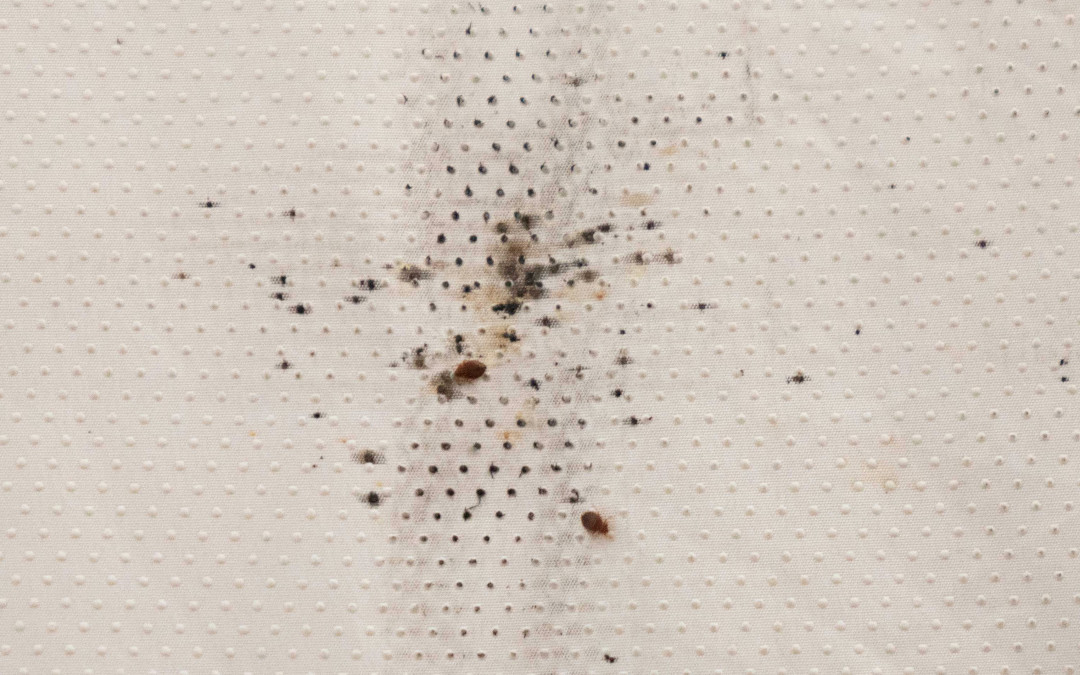Bed bugs have been feeding on human blood for thousands of years, but the earliest mention of bed bugs can be found in Greek texts dating back to 400 BC. For the Greeks, bed bugs were not just annoying, they were medically useful. The Greeks consumed a liquid concoction containing bed bugs that was believed to treat snake bites and various other medical conditions. Early European colonists brought bed bugs to the New World, and 18th century literature describes bed bugs as being pests within colonial structures. Bed bugs probably did not exist in pre-colonial America, as natives did not seem to be familiar with the frustrating insect pests. Early Americans suffered from bed bug infestations up until the 20th century, and they had no reliable method of eradicating the bloodsuckers from dwellings.
During the 1930s, many Americans placed bowls filled with soapy water or kerosene beneath all four legs of a bed to prevent bed bugs from crawling up onto the mattress. Although this method did not work, early bed bug-control experiments like this allowed people to learn a lot about bed bug infestation behaviors. For example, the kerosene and soapy water did work to prevent bed bugs from crawling up the legs of a bed, but it was quickly observed that bed bugs would simply climb a wall and drop down onto beds in order to bypass this very archaic bed bug control method. During the 19th century, early pest control professionals used powders containing arsenic, mercury and phosphorus in order to eradicate bed bug infestations. These compounds did kill bed bugs, but the dangers of thoroughly contaminating a home with deadly poisons led to the abandonment of this method. During the mid-20th century, pest control professionals still used deadly poisons to eradicate bed bug infestations, but leaving the infested home for a period of time until the poison dissipated became a requirement. This method saw pest controllers filling homes with cyanide gas, and this remained the go-to method until the advent of DDT insecticide at around the same time.
Do you think that researchers will come up with a new bed bug-control method that is more effective than DDT?

